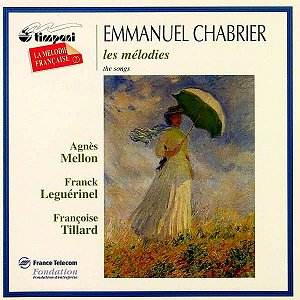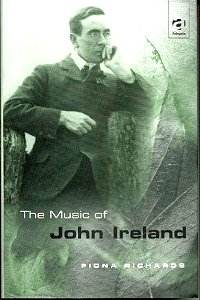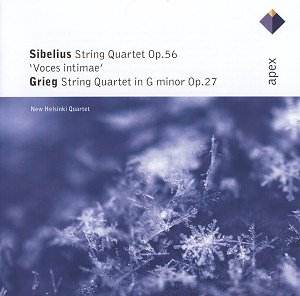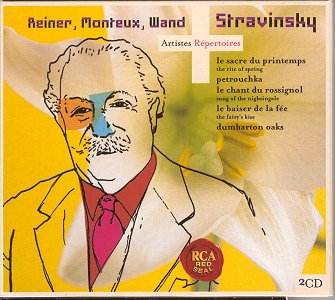 Composer: Emmanuel Chabrier
Composer: Emmanuel Chabrier
Works: Mélodies: Le Sentier sombre, L’Îsle heureuse, Chanson pour Jeanne, Couplets de Mariette, Que les amants ont de peines, L’invitation au voyage, Chants d’oiseaux, Ballade de gros dindons, Les Cigales, Villanelle des petits canards, Tes Yeux bleus, L’Enfant, Credo d’amour, Sérénade, Lied de Banville, Pastorale des cochons roses, Adieux Suzon, Sommation irrespectueuse, Ruy Blas, Toutes les fleurs
Performers: Agnès Mellon (soprano), Françoise Tillard (piano), François Charruyer (bassoon), Franck Leguérinel (baritone)
Recording: 24-26 February 1997, Notre-Dame de Bon Secours, Paris
Label: Timpani 1C1038
Emmanuel Chabrier, often overshadowed by the success of his orchestral rhapsody “España,” emerges in this collection of mélodies as a composer of remarkable charm and wit. His songs, which span a range of emotions and styles, reveal a melodic genius that is both direct and engaging. This recording presents an insightful exploration of Chabrier’s lesser-known vocal works, highlighting his distinctive approach to text and melody, while also reminding listeners of the richness of the French art song repertoire.
Agnès Mellon’s soprano voice shines throughout the recital, exhibiting a lush timbre and an innate understanding of phrasing that perfectly complements Chabrier’s lyrical lines. Her performance of “Le Sentier sombre” opens the collection with a vibrant blend of rhythmic vitality and lyrical flow, showcasing her ability to navigate the emotional landscape of the piece with ease. The subsequent “L’Île heureuse” captures the essence of Chabrier’s Gallic charm, with the piano accompaniment by Françoise Tillard providing a delicate yet supportive backdrop, enhancing the vocal line without overshadowing it. The balance between voice and piano is consistently well-judged, a hallmark of Chabrier’s compositional style.
The baritone Franck Leguérinel adds a contrasting timbre to the program, although his performances exhibit a degree of unevenness. While his expressive delivery brings depth to numbers such as “Lied de Banville,” his wide vibrato can occasionally lead to moments of instability, which may distract discerning listeners. Nevertheless, his partnership with Tillard remains effective, particularly in the playful “Pastorale des cochons roses,” where both performers engage in a delightful musical dialogue.
Chabrier’s choice to incorporate an obbligato bassoon in “L’invitation au voyage” is particularly noteworthy. François Charruyer’s playing adds an unexpected layer of color to the texture, enhancing the song’s introspective quality. This contrasts sharply with the more traditional settings by contemporaries like Duparc, illustrating Chabrier’s willingness to explore unconventional orchestrations even in his vocal works. Such choices exemplify the composer’s wit and willingness to break from tradition, a refreshing aspect that this recording captures well.
The overall sound quality of the recording is commendable, with Timpani maintaining high production standards. The clarity of the voices and instruments allows the subtle nuances of Chabrier’s writing to be fully appreciated, while the atmospheric acoustics of Notre-Dame de Bon Secours lend a warmth that enriches the listening experience. The booklet provides helpful texts and translations, ensuring that listeners can engage deeply with the poetry that inspires these melodies.
This collection serves as an essential reminder of Chabrier’s contributions beyond his more renowned orchestral works. His ability to craft melodies that are both accessible and sophisticated makes these songs a worthy addition to the repertoire of any serious art song aficionado. The performances, particularly those of Mellon, are engaging and bring a fresh perspective to these charming works, affirming Chabrier’s place as a significant figure in the pantheon of French composers. The recording not only enriches our understanding of Chabrier’s artistry but also invites a reevaluation of the richness found within his mélodies, which deserve greater attention in the concert hall and beyond.



